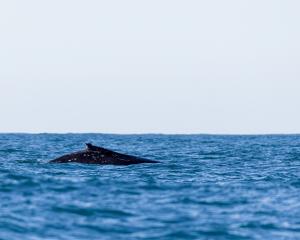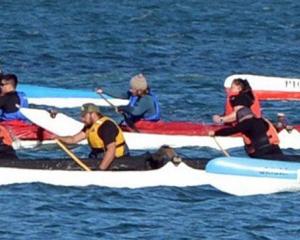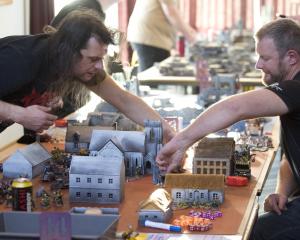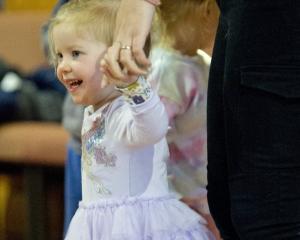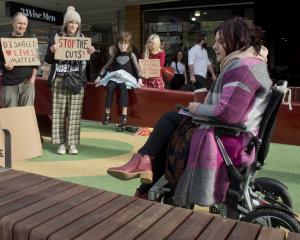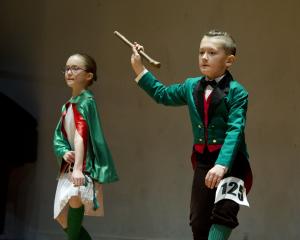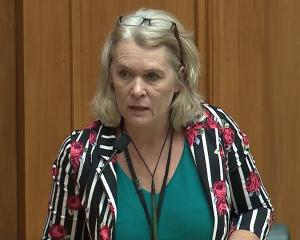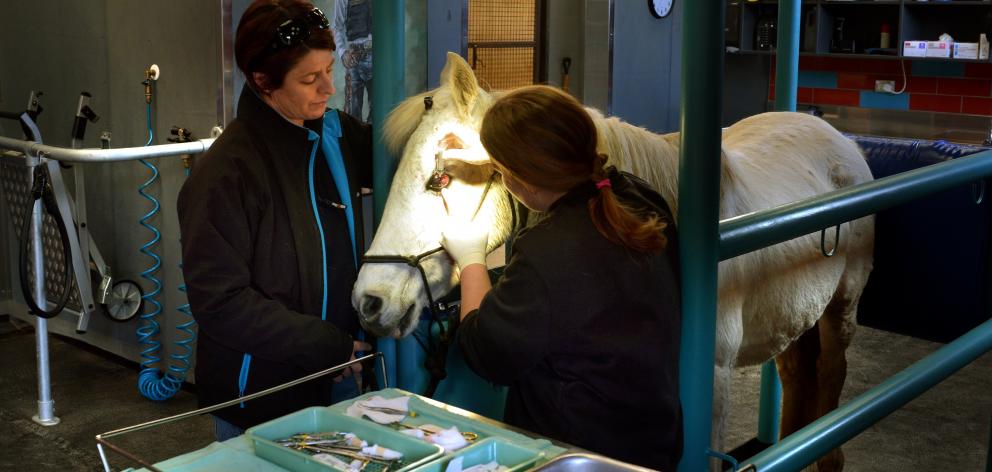
But the outlook is certainly more sunny.
Dr Gillespie is in the process of applying the finishing touches to the Otago Equine Hospital, the first specialist equine hospital to be opened in Otago.
The official opening will be early next year, after outside yards, a loading bay and a lunging arena are completed at the hospital’s spot overlooking the AgResearch facility at Invermay.
But the hospital has been operational since "this time last year", Dr Gillespie said.
Dr Gillespie, who began working as a veterinarian in 1980 after graduating from Massey University, has been based in Dunedin for the last 12 years, but started travelling to the Otago area from his Christchurch base six years earlier.
After basing himself at Wingatui, Dr Gillespie moved to a pre-fabricated house near Invermay, before the building he is in today became available four years ago.
"AgResearch approached me, we negotiated for a year or maybe two years and we decided I was happy to rent it as an empty shell and do the fit-out itself,’’ he said.
"Over the last couple of years, we’ve got the builders and plumbers and everyone involved and knocked it into shape as a horse hospital."
Dr Gillespie ran a practice in Riccarton along with his Otago operation until the Christchurch earthquakes prompted him to move his hospital gear south.
"I had a surgical table I had imported from the United States and I had all the hospital fittings. It was one of those things that I knew what I was letting myself in for, but Otago has never had an equine hospital."
The elevation from a equine clinic to a hospital means Dr Gillespie and his staff are more equipped to deal with more complicated procedures, which can now be done on-site rather than in a paddock, open to the elements.
"You’re trying to do surgery in the paddock and the wind is blowing, and suddenly a piece of straw ends up lying on your instruments and there’s flies to deal with," he said.
"Now, we can control the surgical conditions and you’ve got good light."
Dr Gillespie has had donkeys and 700kg Clydesdales in the hospital since it began operating, although the majority of his work is with sport horses, thoroughbreds and pacers/trotters "in that order".
He is particularly busy at this time of year with this season’s foals starting to arrive, and spends most mornings at North Taieri thoroughbred stud White Robe Lodge.
The hospital provides a good back-up if things go wrong with a sick foal.
"To bring it in here with a controlled environment gives it a really good chance. We’ve got heated pens for it, and proper beds for it. It really works."
Dr Gillespie has set up the operating theatre, a crush (to hold a horse in place during a standing procedure), a padded "drop box" for sedation and recovery, and a rail and sling to move a sedated horse into the operating theatre.
Horses from Balclutha or Oamaru which might have gone to Christchurch or Invercargill for surgery could now be brought to Invermay.
"We haven’t really bothered advertising because we’re busy enough the way it is."
And if the horses have an eye for art, they are in the right place.
There are equine sculptures, photographs, and paintings all through the hospital.

